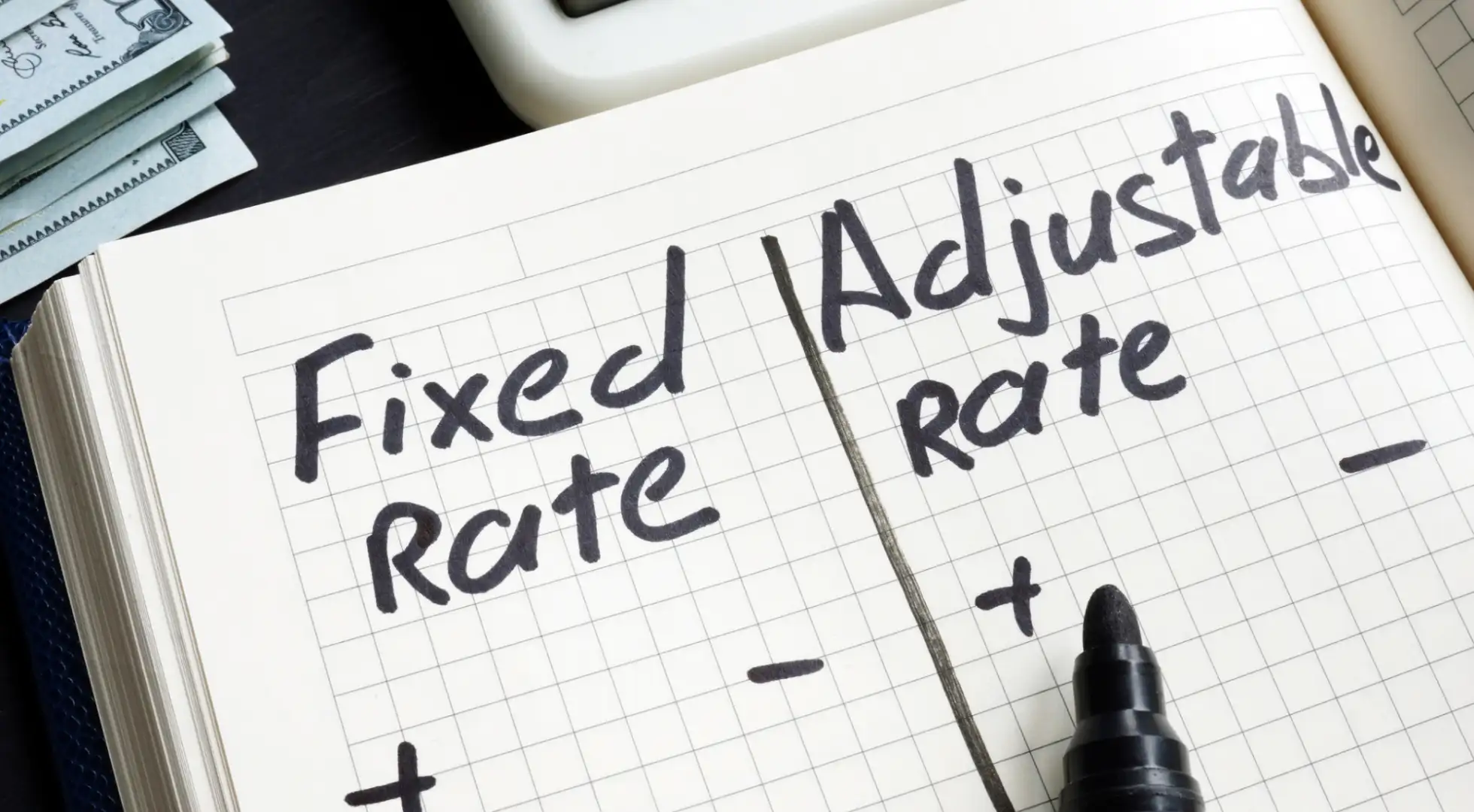Homeowners Are Struggling with Rising ARM Payments. What Are Their Choices?

Adjustable-rate mortgages (ARMs) provided a temporary discount to homebuyers struggling with high rates. Now those introductory rates are expiring.
A new report from PYMNTS Intelligence is called The Adjustable-Rate Reckoning: How Homeownership Is Pushing Millions Paycheck to Paycheck. A whopping "42% of adjustable-rate mortgage holders living paycheck to paycheck report they have cut back on nonessential spending in the last six months," it says.
"Just 37% of fixed-rate mortgage holders living paycheck to paycheck say the same," the report continues.
Another interesting finding:
- 39% of adjustable rate holders have delayed or canceled a major purchase
- Just 31% of those with fixed rates did the same
Mostly, these are homeowners who borrowed during the late 2010s and early 2020s. Many chose short, fixed-rate, introductory periods for their adjustable-rate mortgages (ARMs) because those bought them the lowest possible rate.
Now, their fixed-rate introductory period has ended, and the rate they pay is floating up to current market levels.
How high can the rates rise?
Most come with some protections, called "caps." These caps limit how much the rate can rise, and how often they can change.
For example, someone with a 3% initial rate and a 5% lifetime cap will never pay more than 8%. But on a $400,000 mortgage, a 5% higher rate translates to a $1,300 higher mortgage payment.
Types of ARM Caps
The Michigan Journal of Economics fills in some more detail:
- Adjustment cap: the maximum amount the interest rate can rise after the introductory fixed period.
- Subsequent adjustment cap: how much an interest rate can change in following adjustment periods.
- Lifetime adjustment cap: the maximum interest rate during the life of the loan.
Rates typically adjust every six months. A common cap structure is 5/2/5, meaning the initial interest rate bump can be as much as 5%.
Those with tight household budgets don't have room to absorb even somewhat gradual payment increases.
ARMs Aren't Always a Bad Idea, Just When Rates Are Already Low
ARM rates can also fall, making them a reasonable choice when rates are high. When rates are already rock-bottom, not so much.
If rates fall, no refinance is needed to capitalize on lower rates.
As recently as the end of 2022, the Urban Institute was upbeat about ARMs. It dismissed fears raised about them by housing market observers.
"Are they right to be concerned? Not according to the research, which shows today’s ARMs are no riskier than other mortgage products and that their lower monthly payments could increase access to homeownership for more potential buyers," it said in its blog, Should Borrowers Be Afraid of Adjustable-Rate Mortgages?
It continued: "Today’s ARMs are not the risky products of 2008 or even the prebubble version. Instead, they are fully amortizing mortgages with initial fixed terms of 5, 7, or 10 years and are subject to an interest rate reset each year thereafter."
And it explained that, globally, buyers in only the United States and Denmark can access 30-year fixed-rate mortgages. Elsewhere, everyone must live with ARMs similar to ours. The implication was, if they can cope, so can we.
Ways to Cope with an Upward-Adjusting Mortgage
Lenders tend to be very helpful when a borrower wishes to refinance an ARM into an fixed rate. So, talk to yours if you're experiencing or expecting problems, no matter what sort of mortgage you have.
Such a refinance can be especially easy if you have a government-backed loan: one from the FHA, USDA or VA. These provide fast and inexpensive streamline refinances, which can be used for ARM-to-FRM refinances. Often, lenders can skip the credit check, meaning even troubled borrowers are eligible.
However, there's one issue that could stop a refinance in its tracks. The U.S. Department of Housing and Urban Development (HUD) says about FHA loans, "The mortgage to be refinanced must be current (not delinquent)."
The VA is nearly as tough, telling lenders to ensure:
- The cause of the delinquency has been resolved, and
- The Veteran is willing and able to make the proposed loan payments.
If you want a streamline refinance on a government-backed loan, prioritize your mortgage payments even if you get into a bit of trouble with other loans.
Refinancing Into Another ARM
You can also consider refinancing into another ARM. It might be possible to lock in your rate for another 5-7 years. Because rates are so much higher, there's less risk of them rising more at the end of your fixed period. And at least you've bought some time.





